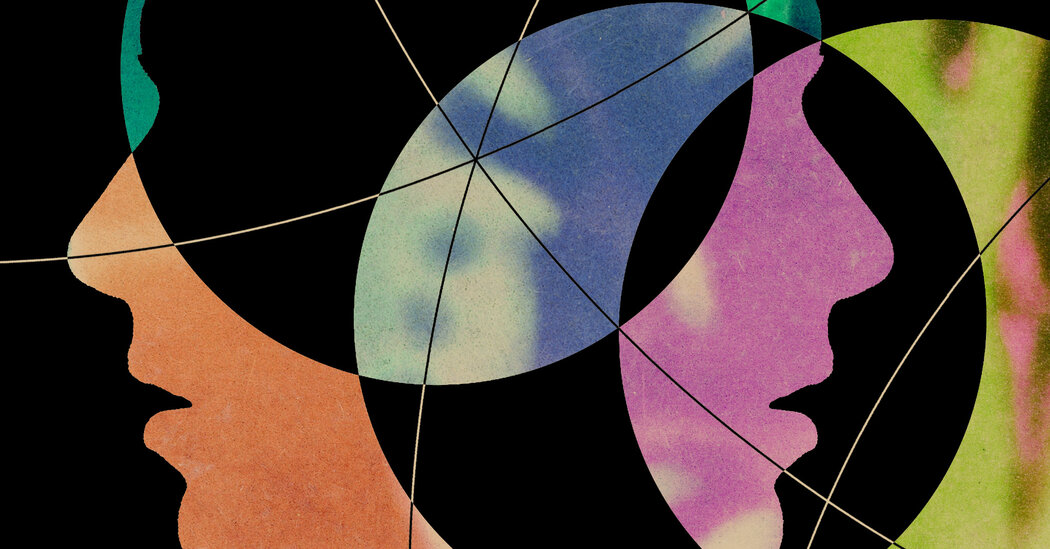Many other conditions have similar symptoms, experts say, so avoid the pull of self-diagnosis.
The 6-year-old boy sitting across from Douglas Tynan, a child and adolescent clinical psychologist based in Delaware, clearly did not have attention deficit hyperactivity disorder. Dr. Tynan was sure of that. But the boy’s first-grade teacher disagreed.
He could be inattentive in class, but at home his behavior wasn’t out of the ordinary for a child his age. A voracious reader, he told Dr. Tynan that he liked to bring his own books to school because the ones in class were too easy.
What his teacher had not considered was that the child was most likely academically gifted, as his mother had been as a child, Dr. Tynan said. (Studies have shown that Black children, like the boy in his office, are less likely to be identified for gifted programs.)
Further testing revealed that Dr. Tynan was correct. The child wasn’t inattentive in school because of A.D.H.D. It was because he was bored.
A.D.H.D. is a neurodevelopmental disorder that begins in childhood and typically involves inattention, disorganization, hyperactivity and impulsivity that cause trouble in two or more settings, like at home and at school.
But those symptoms — for children and adults alike — can overlap with a multitude of other traits and disorders. In fact, difficulty concentrating is one of the most common symptoms listed in the American Psychiatric Association’s diagnostic manual, and it’s associated with 17 diagnoses, according to a study published in April.
